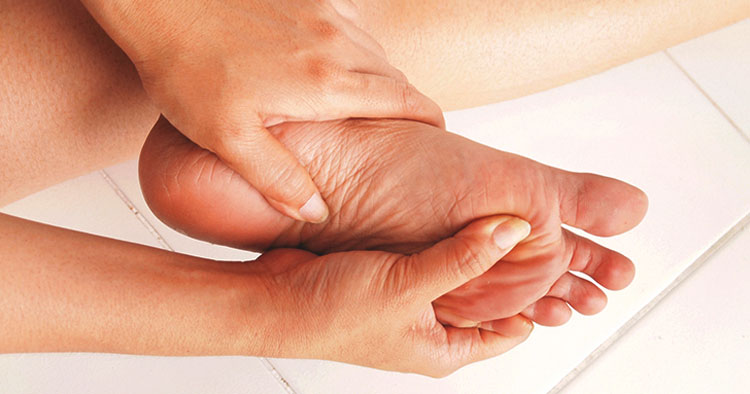Back and Joint Pain, Sports Injuries and Management
Types Of Sesamoid Bone Injury
Who’s At Risk Of A Suffering A Sesamoid Bone Injury?
With reference to the sesamoid bones of the foot, injury or irritation to these bones is most common among athletes, more specifically this includes runners, golfers, tennis players, footballers and most certainly ballet dancers… Increased injury risk is associated with the involvement in activities that demand increased pressures on the ball of the foot. Therefore not only the prior listed athletic pursuits but the consistent wearing of high-heeled shoes may also be a significant contributing factor in developing a sesamoid bone injury. Repetitive loading the big toe joint via sport and/or footwear choices can lead to the development of pain and inflammation and sometimes even fracture.
Where Is Sesamoid Bone Pain Felt?
Sesamoid injuries and the discomfort felt can involve any of the associated tissues including the bones, tendons and surrounding tissue in the joint. With regards to the sesamoid bones of the foot, the pain from injury is focused under the big toe on the ball of the foot. Depending on the type of injury, this may dictate how the pain presents, with sesamoiditis the onset of any associated pain may develop more gradually, whereas with a fracture the onset of pain may be more immediate. That is with regard to a traumatic fracture of the sesamoids, however with stress fracture again the pain may be gradual in its onset.
Signs Of Injury Of The Foot
Signs that you may have a sesamoid bone injury include:
- Pain felt under the big toe, on the ball of the foot. This pain may be felt either exclusively on weight bearing, or both on weight bearing and at also at rest.
- Pain may be felt with bending and straightening the big toe, this could be actively pointing the toe up and down or having someone manipulate the toe when moving it around for you.
- Local swelling, or bruising may or may not be present. The presence of these signs depends on both the type and severity of sesamoid bone injury. Bruising is more likely a sign associated with a traumatic injury but swelling may be around if traumatic or also if a significant chronic issue.
Types of Sesamoid Injuries In The Foot
The three types of sesamoid injuries in the foot include:
- Fracture. As previously mentioned a fracture of a sesamoid bone can be either acute or chronic. Acute fracture is caused by trauma, likely producing immediate pain and often swelling and significant tenderness around the site of fracture. Chronic fracture (a stress fracture) is a bone injury caused through repetitive stress and has a far more gradual onset than an acute fracture. Stress fracture pain will commonly tend to come and go, aggravated by activity and relieved with rest, yet with an acute fracture pain is typically fairly constant regardless of rest at least in the early stages following injury.
- Turf toe is an injury involving the big toe joint, where it is caused as a result of the big toe joint being extended beyond its normal range. Turf toe injury will generally cause immediate pain and may result in injury to the soft tissue associated with the sesamoids and sometimes fracture of the sesamoids.
- Sesamoiditis is an overuse injury, sesamoiditis involves chronic irritation to the sesamoid bones and tendons involved with the sesamoid bones. A condition caused through increased pressure on the sesamoids, the signs are frequently a dull, longstanding pain under the big toe joint. Again similar to stress fractures of the sesamoids, the pain with sesamoiditis usually comes and goes ultimately made worse with certain footwear and activities.
If you have any questions regarding sesamoid injuries then please contact either or Sydney physio practice or the Randwick clinic and one of our physiotherapists will be able to assist.
Disclaimer: Sydney Physio Clinic provides this information as an educational service and is not intended to serve as medical advice. Anyone seeking specific advice or assistance on Types Of Sesamoid Bone Injury should consult his or her physiotherapist, podiatrist or general practitioner.


